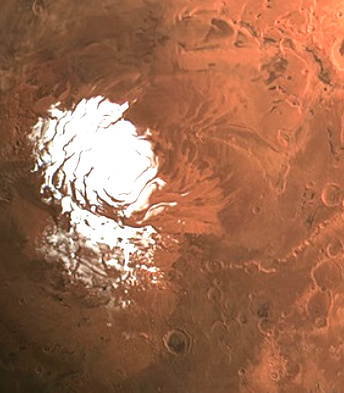More Mars water revealed
 Queensland researchers have found evidence of a patchwork of salty lakes below the surface of Mars.
Queensland researchers have found evidence of a patchwork of salty lakes below the surface of Mars.
The findings were made in part by experts from the University of Southern Queensland, who joined an international team to examine radar data from MARSIS - a scientific instrument on board the European Space Agency’s Mars Express spacecraft.
The team borrowed a methodology commonly used in radar sounder investigations of subglacial lakes in Antarctica, Canada and Greenland, adapting the method to analyse old and new MARSIS data on the basis of its ‘reflectivity’.
The interpretation that best explains all the evidence is that high intensity reflections seen on Mars are coming from extended pools of liquid water.
Co-author Graziella Caprarelli, adjunct Research Fellow with the University of Southern Queensland’s Centre for Astrophysics, said laboratory experiments that studied the stability of hypersaline aqueous solutions (brines) helped explain the presence of liquid water.
“These experiments have demonstrated that brines can persist for geologically significant periods of time even at the temperatures typical of the Martian polar regions … considerably below the freezing temperature of pure water,” she said.
“Therefore we think that any process of formation and persistence of sub-ice water beneath the ice polar caps requires the liquid to have high salinity.”
The experts say their quest for evidence of life continues.
“The discovery of an entire system of lakes implies that their formation process is relatively simple and common, and that these lakes have probably existed for much of Mars' history,” said principal investigator of the MARSIS experiment, Roberto Orosei.
“For this reason, they could still retain traces of any life forms that could have evolved when Mars had a dense atmosphere, a milder climate and the presence of liquid water on the surface, similar to the early Earth.”
The team’s study says that thick ice sheets, far from being uniformly structured wastelands, should be viewed as stratigraphically and physically complex geological formations, and should be fully explored in detail.
At the conclusion of their report the team suggested that, because brines had been shown to have potential to sustain microbial life in extreme conditions, renewed efforts should be made to explore the polar regions of Mars, with the specific purpose of finding reservoirs of subglacial water, and of determining their composition and astrobiological potential.








 Print
Print